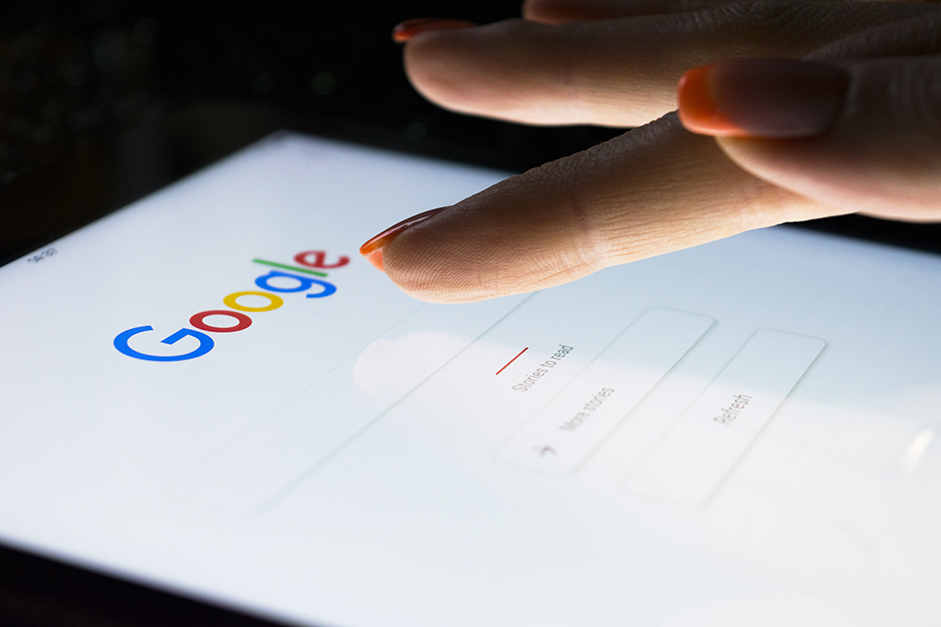Brand positioning is designed to tee up sales — a mission as important as ever with today’s plethora of digital branding opportunities to engage and motivate our customers and prospects.
The brand’s position is the distinctive idea that separates it from its competitors. A distinctive idea gets our attention because it is different. In addition to being different, the idea must be meaningful. Different and meaningful are the main ingredients in the secret sauce to increasing retention and recall.
The brand position is a single cohesive idea, but during the selling process, companies can expand on their messages. A bigger story providing more reasons to believe can be told.
Digital tools have changed sales dynamics, but not the basic rules we apply to sales and marketing. Today we discuss applying digital tactics to grow sales, but first we’ll review a few fundamental points.
Sales opportunities exist in two buckets.
The first is your existing customers. Every day is an opportunity to listen and serve them, with the primary goal to maintain them. The secondary goal is to grow your business with them.
Business with new customers is the second bucket.
The tactics used in the two buckets share the brand positioning messaging. Both buckets contain customers and prospects with similar demographics and psychographics, though they often are broken into smaller segments or sub-targets.
In the existing customer bucket, each customer should have a designated service representative. Ask each customer the right questions and exercise active listening; they are key to retaining and growing relationships and business.
The second bucket, the new business bucket, is where your prospects can be found. This bucket has become a hotter opportunity recently due to the array of digital marketing strategies and tactics available.
It’s why Google and Facebook are in the top 10 of the largest companies in the world. They have become the two largest advertising platforms. In the B2B world, LinkedIn is catching up to Facebook.
Consider that prospects either found you on the web or checked you out on the web. Your online presence has become your key to new business.
Embrace the digital branding transformation. One of the top tactics to get prospects to your website or a landing page is Google AdWords. You decide how much you want to spend and then strategically pick search terms your prospects are using. You’ll end up on Google’s search results page at the top with a little box with the word “Ad” in it. When someone clicks on your ad, you pay Google.
A search result not marked as an “Ad,” is known as “organic.” You don’t have to pay Google if someone clicks on an organic result.
To appear in organic search results involves a group of activities known as Search Engine Optimization (SEO).
Each page of your website should be strategically written, designed and tagged to be relevant to a particular search term. Additionally, content relevant to your brand’s position can be created and published online. Relevance means it’s different from your competitors and meaningful to your customers.
Content emailed or posted on your site can include white papers, newsletters, blogs and articles.
Well-crafted content will increase your organic search results.
Social media platforms have significant targeting capabilities. Ads can be placed on social media platforms. They are called “sponsored” and are in line with targeted prospects’ feeds.
Social media postings can be “boosted.” That means you pay Facebook to send the post to more people.
Digital branding and marketing tactics are intended to lead prospects to one of your web pages. The goal is for prospects to provide their email address and thus opt in for communication from your company.
Some prospects might call you on the telephone after seeing your ad, landing page or content online. Most will prefer to provide their email address along with the nature of their inquiry. Based on that, they become part of your marketing automation program.
Today, it’s hard to imagine any B2B company not taking advantage of marketing automation. Affordable systems are available for businesses of any size.
With all these new tools, there’s a tendency for some to focus to heavily on the numbers — the data. The new sales rules may still be consummated with a salesperson sitting across the desk from a prospect.
Remember, at the end of the day, it’s about people. Brand positioning is about owning an idea in the mind of your customer.
“You don’t close a sale, you open a relationship if you want to build a long-term successful enterprise.” — Patricia Fripp



